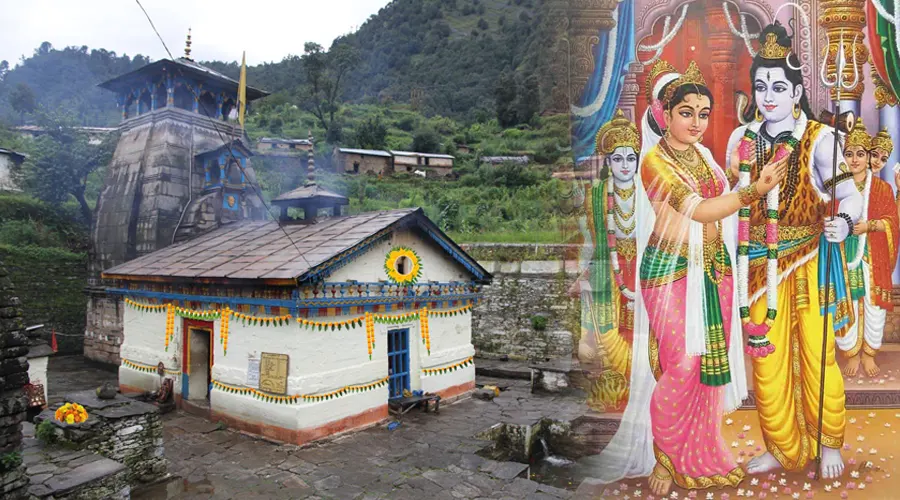Lal Bagh Palace
Resided by the rulers of the Holkar dynasty, the Lal Bagh Palace is class and grandeur personified. The palace is spread on a sprawling area of 28 acres and reflects the taste of the rulers of the Holkar dynasty.
The interiors of this palace will make you forget that you are in India, owing to the myriad mixture of Italian marble columns, grand chandeliers, rich Persian carpets, flying nymphs on the ceiling, Belgium-stained glass windows, Greek mythological reliefs, Italian style wall paintings, stuffed leopards, and tigers, etc.
History of Lal Bagh Palace
The construction of the palace began in 1886 under Tukoji Rao Holkar II. It was carried out in three phases and the final phase was completed in 1921 under Tukoji Rao Holkar III. This kind of palace is unique in Asia. The palace rooms have at present been furnished and restored; it has been converted into a museum to showcase the bygone era of this region. Most of the ornamentation and furniture seen there directly belong to the early Georgian style and late Regency.
The major attractions of this majestic building are the accurately furnished and proportioned rooms with wonderful carvings on the ceilings and walls. The last resident of this splendid palace was Tukojirao III. In 1978, it was inhabited by the Holkars.
Architecture of Lal Bagh Palace
It is regarded as the best stylish residence in India because of its unique style of construction. The palace largely exhibits contemporary Italian and Indian sculptures and paintings to a great extent. On the ground floor, the entrance hall is in marble plus displays perfectly prehistoric artifacts. On the first floor, there is a coin collection center that dates back to the Muslim period in India.
The interiors of the place rightly transport the visitors to the era of historical periods. It is to be remembered that the aesthetic sensibility of the later Holkars and highly westernized outlook are reflected in the decoration and architecture of this particular palace.
Lal Bagh Palace is filled with stuffed leopards and tigers, lavish decorations in the style of Versailles Palace, Italian-style wall paintings, Italian marble columns, Greek mythological reliefs, grand chandeliers, flying nymphs on the ceiling, rich Persian carpets, Belgium-stained glass windows gives the visitor an out of the world feel and experience. On springs for extra bounce, the palace ballroom has a wooden floor mounted.
On the opposite bank of the river, the kitchen was well built. It is to be highly noted that the palace was connected to the kitchen through an underground tunnel that is well lighted. The palace gates are a replica of the Buckingham palace gates in London. These gates were shipped from England and molded-in cast iron. Every gate of the palace carried the Holkar state emblem that states "He who tries will succeed".


























